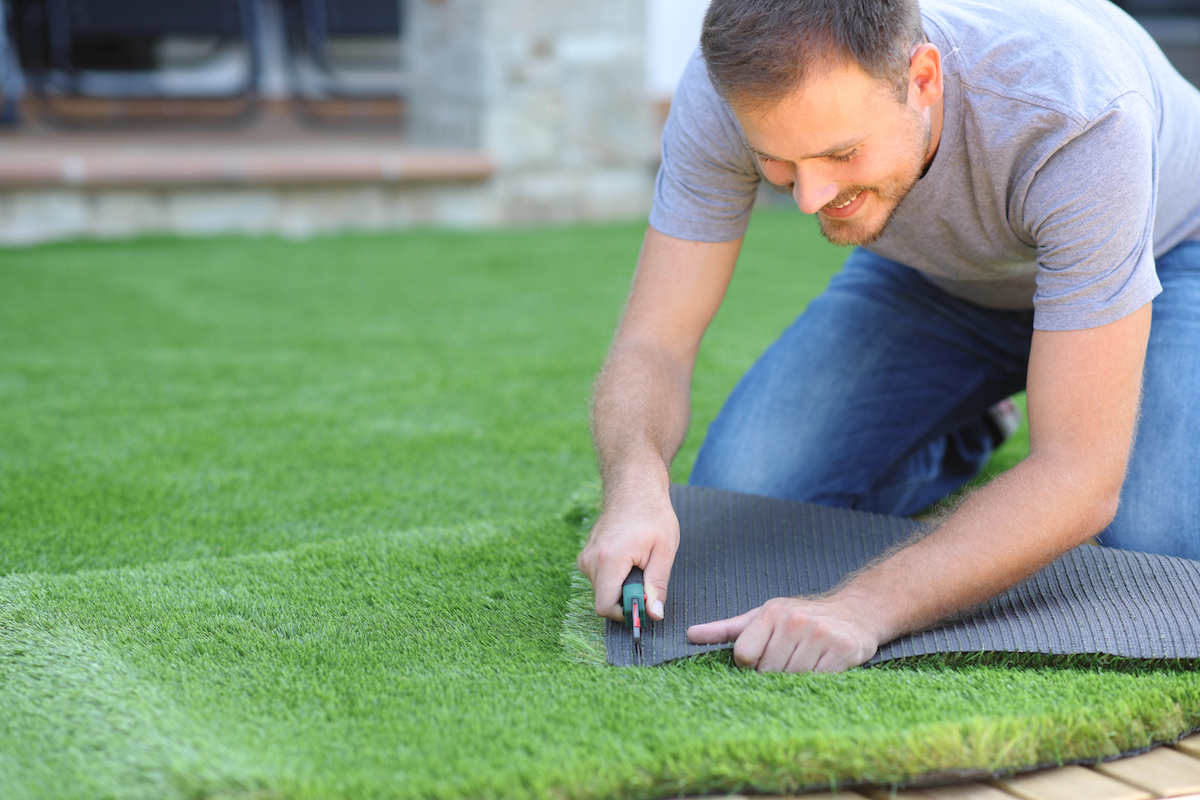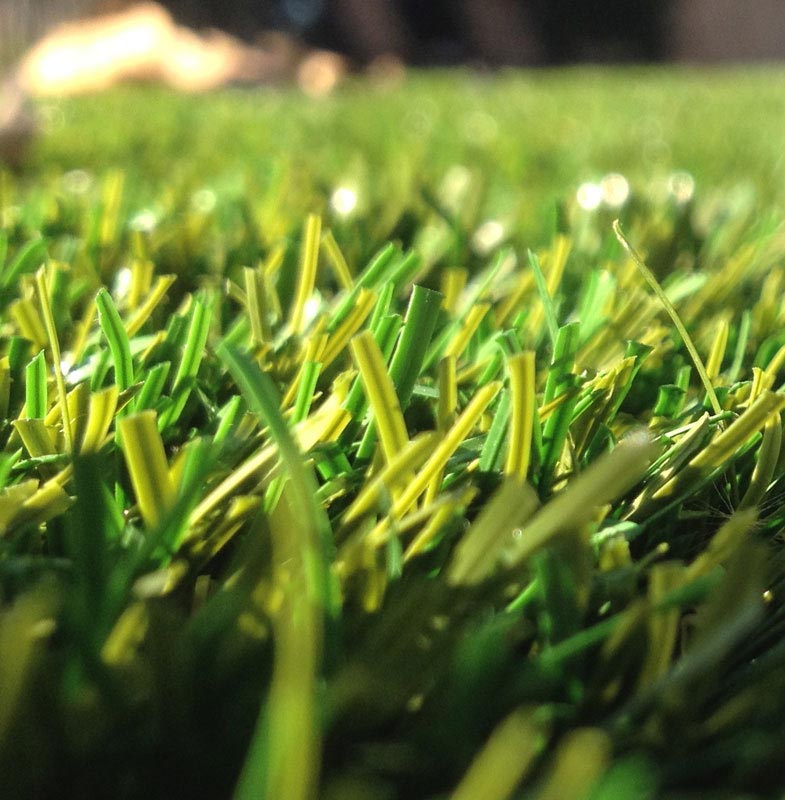Sustainable Arizona Artificial Turf for a Year-Round Lush Green Lawn
Sustainable Arizona Artificial Turf for a Year-Round Lush Green Lawn
Blog Article
Look Into the Environmental Benefits of Opting for Synthetic Grass Solutions
The adoption of artificial turf services presents a compelling chance to deal with pushing ecological obstacles. By considerably minimizing water usage and minimizing the application of dangerous chemicals, these alternatives not just advertise sustainable landscaping but additionally safeguard regional communities.
Water Preservation Perks
One of one of the most significant advantages of man-made lawn is its capacity to preserve water. Conventional turf yards call for substantial watering, specifically in locations susceptible to dry spell or water restrictions. In comparison, synthetic grass does not require watering, considerably lowering the general demand for water sources. This feature is particularly helpful in dry areas where water deficiency is a pushing worry.
By getting rid of the need for regular watering, synthetic grass adds to lasting landscape techniques and assists reduce the environmental influence of extreme water consumption. The conservation of water extends to the decrease of drainage, which can lead to dirt disintegration and waterway air pollution.
Furthermore, the setup of synthetic grass allows house owners and districts to designate water resources much more effectively, concentrating on necessary uses such as drinking water and agriculture. The shift in the direction of synthetic grass not just advertises accountable water usage however likewise straightens with broader ecological objectives focused on preserving natural deposits.
As areas increasingly focus on sustainability, the water preservation advantages of fabricated grass present a compelling situation for its adoption in commercial and domestic landscape design jobs.
Decreased Chemical Usage
The change to man-made lawn dramatically reduces the dependence on chemical therapies commonly utilized in all-natural turf upkeep. Typical grass management generally entails the application of herbicides, pesticides, and fertilizers to advertise growth and control parasites. These chemicals can present dangers to human health, local wildlife, and the atmosphere, adding to soil and water contamination.
On the other hand, synthetic grass eliminates the demand for these hazardous substances. When mounted, it needs very little maintenance, mainly consisting of routine cleaning and occasional infill replenishment. This decrease in chemical use not just profits the immediate setting however likewise contributes to broader environmental stability. By decreasing the release of artificial substances right into the community, synthetic lawn advertises much healthier dirt and water systems.
Moreover, the lack of chemical runoff related to fabricated turf installments aids secure neighborhood rivers from pollution, supporting aquatic life and keeping biodiversity. Turf installation phoenix az. As neighborhoods increasingly focus on lasting methods, choosing for synthetic grass offers a practical option that aligns with environmental preservation objectives. Via this change, homeowner can enjoy rich green areas without endangering environmental health, leading the way for a much more sustainable future
Reduced Carbon Footprint

In addition, the setup of synthetic turf can result in substantial water preservation. Natural yards call for considerable quantities of water for irrigation, which not just includes in the carbon impact related to water extraction and treatment but likewise pressures neighborhood water sources. On the other hand, synthetic grass needs very little maintenance, needing no watering, consequently significantly reducing water use and its linked energy prices.
Additionally, the longevity of synthetic grass adds to its lower carbon effect. With a life-span of up to 15 years or even more, the requirement for regular replacements is decreased, leading to less waste and reduced power usage in manufacturing and throwing away traditional turf choices. Generally, synthetic grass presents a sustainable option for environmentally conscious landscape design.
Environment Conservation
Environment conservation is an essential consideration in the debate over landscape design options, especially when comparing fabricated turf to natural grass. Natural yard yards typically need comprehensive maintenance, consisting of the usage of herbicides, plant foods, and pesticides, which go can negatively impact regional communities. These chemicals can seep right into the dirt and waterways, harming native vegetation and fauna and interfering with local habitats.
On the other hand, synthetic grass offers a possibility to lower the ecological impact of landscape design. By going with synthetic yard, home owners can decrease the disturbance of natural environments related to typical yard treatment practices. Synthetic grass gets rid of the need for dangerous chemicals, consequently safeguarding neighboring wildlife and maintaining the stability of surrounding communities. Additionally, the installment of synthetic grass can bring about the conversion of previous grass locations right into even more biodiverse landscapes, such as pollinator yards or indigenous plant locations, which can sustain local wildlife.
Ultimately, the shift to synthetic grass not just conserves water and decreases upkeep efforts but also fosters an extra unified connection between human tasks and the native environment, advertising environment conservation in the procedure.
Long-Term Sustainability
Long-lasting sustainability is an essential aspect in evaluating the advantages of synthetic grass over typical lawn yards. One of one of the most significant advantages of synthetic turf is its resilience; it can last approximately 15-20 years with marginal maintenance, whereas natural lawn calls for regular reseeding and substitute. This long life minimizes the need for continuous resources, such as water, fertilizers, and chemicals, which are necessary for maintaining a healthy and balanced yard lawn.
Furthermore, synthetic turf adds to a decrease in carbon exhausts connected with grass treatment equipment. Typical yards commonly require gas-powered mowers, leaners, and blowers, all of which add to air contamination. Turf installation phoenix az. In comparison, synthetic lawn eliminates the need for such equipment, promoting a cleaner environment
Furthermore, the manufacturing of synthetic grass progressively utilizes recycled products, improving its sustainability account. As producers take on environmentally friendly techniques, the ecological impact of synthetic grass remains to decrease.

Final Thought
The fostering of fabricated turf services offers substantial environmental advantages, including considerable review water preservation, decreased dependence on hazardous chemicals, and a lower carbon impact. Moreover, synthetic grass aids in preserving natural environments by minimizing land disruption and advertising long-lasting sustainability through using long lasting products. Jointly, these aspects emphasize the capacity of synthetic grass to add positively to environmental health and use a sensible choice to traditional landscape design practices in a progressively resource-conscious world.
In contrast, man-made grass does not need watering, dramatically reducing the general need for water sources. By reducing the launch of artificial substances right into the ecosystem, artificial turf advertises healthier soil and water systems.
In addition, the installation of artificial lawn can result in significant water preservation. In contrast, synthetic turf requires marginal upkeep, requiring no watering, consequently considerably reducing water use and its associated energy prices.

Report this page